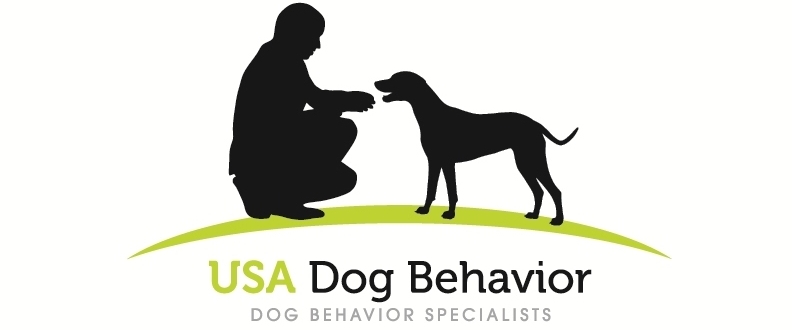Once a Dog Bites, Will It Bite Again?
Average Reading Time: 2 minutes, 54 seconds
© Scott Sheaffer, CBCC-KA, CDBC, CPDT-KA, USA Dog Behavior, LLC
Want to learn more about dog aggression? Tune into my brand-new podcast on dog aggression, Dog Aggression Answers.
A new client, Jean (not her real name), and her dog, Bear, greeted me at the door for their first dog behavior session a few months ago. It was obvious from the second I laid eyes on Bear that he had fear issues with humans. This was obvious from Bear’s body language (to learn more about dog body language, watch this free dog body language video). He was definitely acting a bit grumpy toward me, with some growling and lunging.
Bear was a 130 pound, 20-month-old Great Dane. I know what you’re thinking: “aren’t Great Danes friendly dogs?” Mostly, but not always. Jean quickly informed me that Bear had bitten someone for the first time recently but that she was not worried about him biting again. She claimed that he was “getting better.” She further stated that the bitten person didn’t require any medical care, so it wasn’t “that bad.”
She may not have been concerned, but I definitely was - for a number of reasons.
I work with all types of serious dog behavior issues, but aggression is the one I see the most. I’ve learned from my education in canine behavior and after working with hundreds of human-aggressive dogs that there are a few important indicators that can provide information in assessing the ongoing bite risk in individual dogs. These indicators are not absolute or exhaustive by any means, but they can be useful.
The age of the dog is very instructive when assessing continued bite risk. Because of the increase in a dog’s size and behavioral abilities (i.e., sexual maturity and social maturity), biting and bite risk normally escalate after about nine months of age for those dogs that are showing a propensity to bite.
Has the dog shown no inclination toward aggression to humans in the past, but simply bit because they were, for example, significantly startled by a stranger emerging out of a dark alley who then stepped on them? We have to carefully look at the context of a first bite if a dog has never shown aggression in the past.
What kind of first bite was it? According to the Dr. Ian Dunbar Dog Bite Scale, there are six types of dog bites. A first bite of Level 4 or greater indicates a very poor prognosis.
Are the dog’s owners willing to invest the time and resources in behavior modification? A properly certified and experienced dog behavior consultant who specializes in human aggression can educate the owners on proper exercises that may help reduce the risk of future bites.
When assessing future bite risk, possibly the most important thing to know is that untreated dog aggression almost always gets worse.
Aversive or punishment-based training methods for dog aggression almost always make it worse. Doing this kind of treatment will increase the bite risk. Read this short article to learn more about contraindicated dog aggression treatment techniques.
Are the dog’s owners willing to manage their dog? This simply means the owners will take due care to keep the dog from being in a situation where they might bite.
Once a dog bites a human as a fear response (i.e., the dog wants the scary person to stay away from them), they are much more likely to bite again because the behavior was reinforced when the human stopped approaching or even backed up. As a result, bite histories typically look like the graph pictured below if not promptly and correctly treated and managed. Bite activity normally increases exponentially over time.
Predicting a second dog bite to a human is not an exact science, but the things noted above can be useful in the assessment of that risk.
Jean worked with us over several sessions to learn how to properly manage Bear and learned behavior modification exercises she could do with him in order to address his fear of unfamiliar humans, which was the root cause of his aggression.
If you have a dog who is aggressive and dangerous to humans, please consult directly with a certified dog behavior consultant for assistance and take proper measures to ensure that your dog is never in a position to injure anyone.


